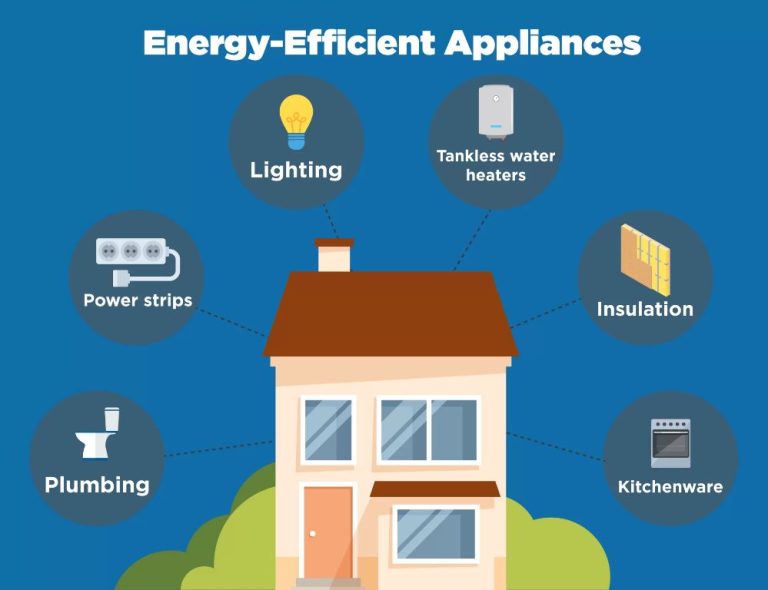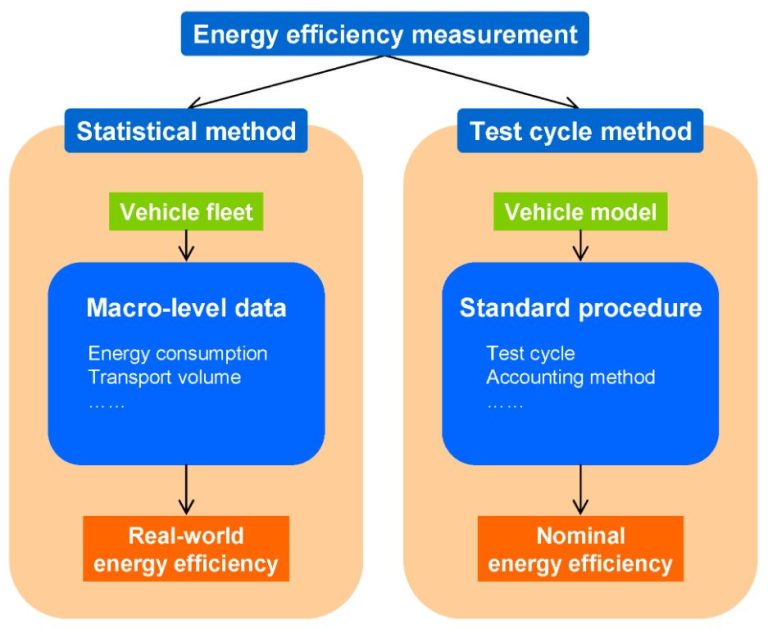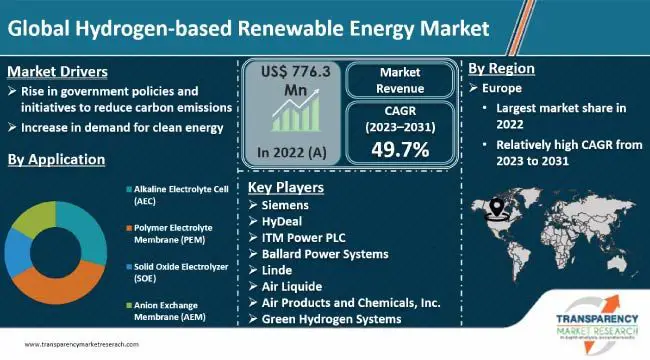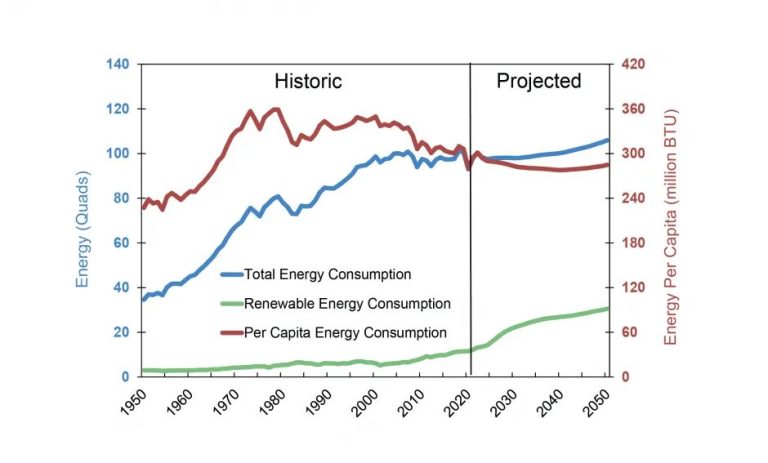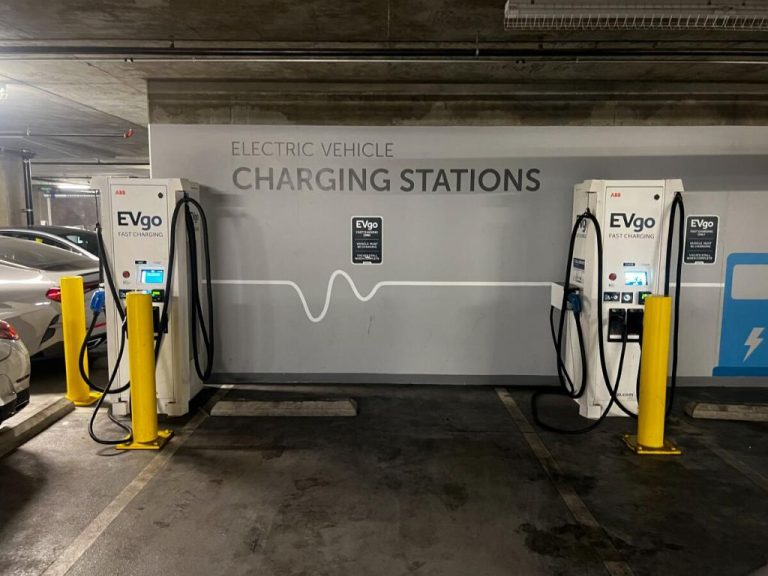What Is Renewable And Non Renewable Energy National Geographic?
Renewable energy comes from natural sources that are continuously replenished, such as sunlight, wind, water, plants, and geothermal heat. Nonrenewable energy comes from finite resources that will eventually dwindle, primarily fossil fuels like coal, oil and natural gas that take millions of years to form in nature (https://www.canr.msu.edu/resources/renewable-nonrenewable). Understanding the key differences between renewable and nonrenewable energy is important today as we shift towards more sustainable energy usage that reduces carbon emissions and mitigates climate change.
This article will provide an overview of both renewable and nonrenewable energy, compare and contrast the two types, discuss economic and environmental considerations, examine the future outlook as renewable adoption increases, review public opinion trends, and detail relevant policies and incentives. The goal is to leave readers with a comprehensive understanding of renewable vs. nonrenewable energy.
Renewable Energy Overview
Renewable energy comes from natural sources that are continuously replenished. Some of the main types of renewable energy include:
- Solar energy – Harnesses energy from the sun to generate electricity and heat. Solar panels can be installed on rooftops or scaled to utility-size solar farms.
- Wind energy – Uses wind turbines to generate electricity. Wind farms consist of many turbines and continue to expand across the landscape.
- Hydropower – Generates electricity by harnessing the energy from flowing water. Hydropower plants capture the kinetic energy of flowing water to turn turbines.
- Geothermal energy – Uses heat from underneath the earth’s surface to provide heating and generate electricity. Geothermal power plants tap into pockets of steam or hot water underground.
- Biomass – Converts organic matter like plants, wood waste, and trash into energy through combustion. It can be used to produce heat, make fuels, and generate electricity.
The key advantages of renewable energy are that it’s clean, abundant, and sustainable. Renewables like solar and wind emit little to no greenhouse gases. They also utilize resources that are virtually limitless and naturally replenished. The adoption of renewable energy continues to grow rapidly around the world. From 2000 to 2019, renewable energy consumption increased over 200% globally (EIA). With costs falling and concern over climate change rising, the transition towards renewable energy is expected to accelerate going forward.
Nonrenewable Energy Overview
Nonrenewable energy sources come from finite resources that will eventually dwindle, becoming too expensive or environmentally damaging to retrieve. The four major types of nonrenewable resources are oil, natural gas, coal, and nuclear energy. Fossil fuels like oil, natural gas, and coal make up the majority of the world’s nonrenewable energy sources. In 2019, fossil fuels accounted for around 84% of total primary energy supply globally (IEA).
While fossil fuels are cost-effective and reliable energy sources, there are significant downsides. Burning fossil fuels produces air pollution and greenhouse gases that contribute to climate change and environmental harm. Extraction processes can also damage local ecosystems. Fossil fuel reserves are limited and localized, creating supply concerns as global demand grows. The nuclear power industry faces issues with radioactive waste storage, safety concerns, and high costs. Public opposition has slowed the growth of nuclear energy in many countries.
Most experts agree that nonrenewable energy sources alone cannot sustainably meet the world’s growing energy needs. Developing renewable alternatives is crucial to provide clean, resilient power to the global population in the long-term. But nonrenewable sources currently supply the majority of the world’s energy due to advantages like affordability, reliability, and energy density. The transition to renewable energy will likely take decades and require substantial policy, economic, and technological transformations.
Key Differences
There are several key differences between renewable and nonrenewable energy sources. Renewable energy comes from natural sources that replenish themselves over time, such as sunlight, wind, water, plants, and geothermal heat. These energy sources are considered clean and unlimited. Nonrenewable energy sources come from finite resources that do not replenish themselves or take an extremely long time to replenish, such as fossil fuels like coal, oil, and natural gas. Nonrenewable sources are considered polluting as their use releases greenhouse gases and other emissions.
Some of the main differences between renewable and nonrenewable energy sources are:
- Renewables are clean sources of energy that do not produce air or water pollution. Nonrenewables, like burning coal and oil, produce significant amounts of emissions and pollution.
- Renewable sources are unlimited and will not run out. Nonrenewables are finite resources that will eventually be depleted.
- Most renewables do not require extraction like mining or drilling. Nonrenewables require extractive processes that can be environmentally disruptive.
- Renewables like solar and wind are becoming increasingly cost-competitive with nonrenewables. The cost of renewables continues to decrease while nonrenewables costs fluctuate.
- The supply of renewables is inexhaustible and exists worldwide. Nonrenewables are geographically limited based on where deposits originally formed.
In summary, the core differences are that renewable energy sources are clean, unlimited in supply, and increasingly cost effective, while nonrenewable sources are polluting, limited in supply, and face fluctuating costs. Renewables represent sustainable long-term energy solutions, while nonrenewables are finite resources that will eventually dwindle.
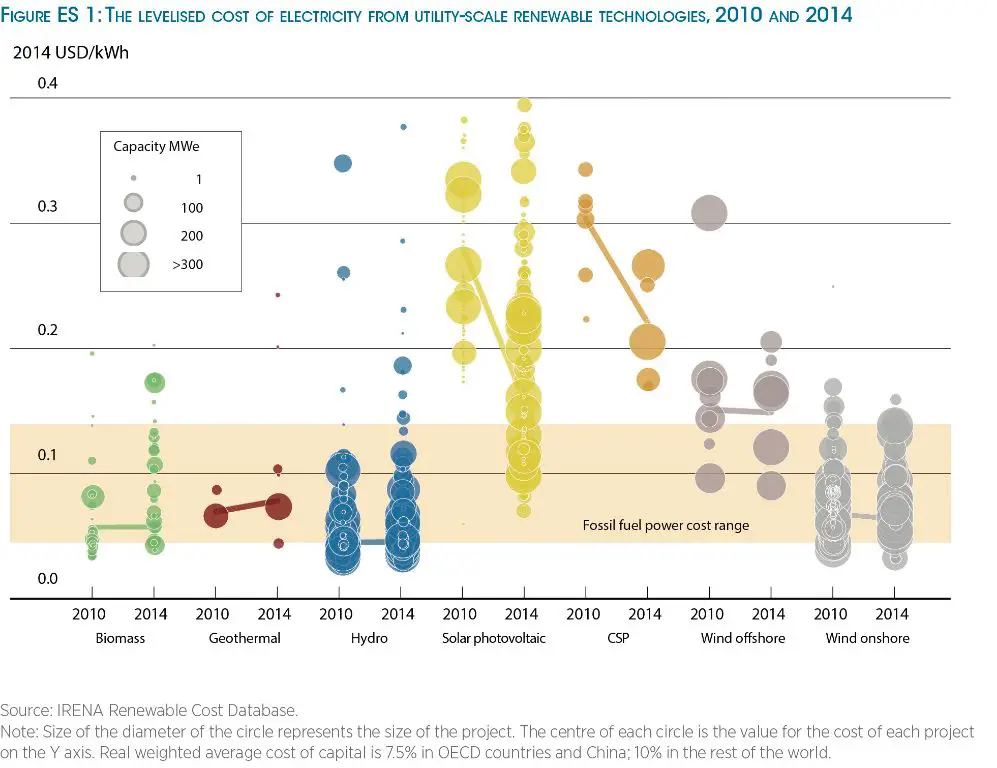
Economic Considerations
The costs of renewable and nonrenewable energy have changed dramatically over time. In the past, nonrenewable sources like oil, coal, and natural gas were cheaper to produce than most renewables. However, costs have declined for many renewables as technology improves. According to research from the University of Wisconsin, most renewable energy sources don’t require purchasing fuel, so the costs go mainly towards materials, labor, and development [1]. As a result, some sources like solar and onshore wind are now cost competitive or even cheaper than fossil fuels.
The switch to renewables can impact jobs and GDP in different ways. According to a 2021 study, renewable energy has increased economic growth in countries like Greece and South Korea, while nonrenewable energy has driven growth in China, Mexico, and others [2]. Government subsidies have also favored fossil fuels historically, but countries are shifting incentives towards renewables due to environmental concerns.
Environmental Impact
Renewable energy sources generally have a much lower environmental impact than fossil fuels. According to the Union of Concerned Scientists, renewable technologies like wind and solar PV result in far fewer greenhouse gas emissions over their lifetime compared to coal and natural gas (source). Fossil fuels emit significant amounts of carbon dioxide when burned, contributing heavily to climate change. Renewables like wind, solar, and hydropower emit little to no greenhouse gases.
However, renewable energy sources are not completely free of environmental effects. Large solar and wind farms can impact wildlife habitats and landscapes. But these effects are still generally less than those from fossil fuel extraction and burning. Extracting and transporting coal, oil and natural gas disrupt landscapes and can cause oil spills. Coal mining leads to air and water pollution. Burning fossil fuels emits mercury, sulfur dioxide, nitrogen oxides, and particulate matter that harms human health (source).
Overall, most analyses show renewable energy has significantly lower emissions and environmental impacts than fossil fuels. Continuing to replace fossil fuel energy with renewables like solar, wind, geothermal and hydropower will lead to lower greenhouse gas emissions and less damage to ecosystems and wildlife.
Future Outlook
The future outlook for renewable energy is one of strong projected growth. According to a 2023 update from Earth.org, renewables like wind and solar are expected to rapidly expand their share of the global energy supply over the next few decades [1]. Many experts believe renewables have the potential to fully replace nonrenewables like oil, gas, and coal in the long term. One report predicts renewables could supply up to 97% of global energy demand by 2050 if the right investments and policies are enacted [1].
However, there are still challenges ahead for renewables to realize their full potential. Upfront costs of building large-scale renewable facilities remain high. Energy storage and grid integration also pose technical hurdles. Overcoming these challenges will require continued policy support, R&D, and infrastructure upgrades [2]. But with the right strategies, renewables are poised to play an increasingly dominant role in energy systems worldwide.
Public Opinion
Polling shows strong public support for expanding renewable energy in the United States. According to Pew Research Center, 69% of Americans believe developing renewable energy should be the country’s top energy priority. In a more recent 2023 Pew survey, 82% supported expanding solar panel farms and 75% supported more wind turbine farms.
There are some concerns about rapidly reducing fossil fuels, given the current reliance on them. But most Americans favor a transition. A Clean Power poll found 80% believe clean energy can be as or more reliable than fossil fuels. With the right policies and incentives, public opinion seems optimistic about expanding renewables over time.
Policies and Incentives
Government regulations have been instrumental in driving the growth of renewable energy around the world. According to the U.S. Department of Energy, policies and programs that address barriers to implementing utility-scale renewable energy projects have enabled major expansions in wind, solar, geothermal and other renewables.
Many governments offer subsidies and tax incentives to accelerate the deployment of renewable energy technologies. The International Energy Agency recommends long-term certainty and predictability in incentive schemes to provide a stable investment environment.
The Paris Climate Agreement established a collective commitment by 195 countries to substantially reduce global greenhouse gas emissions. This has driven many national policies aimed at phasing out fossil fuels and ramping up renewable energy. According to the U.S. Library of Congress, the agreement compels the U.S. government to steadily increase its consumption of renewable energy.
Conclusion
In conclusion, renewable energy comes from sources that are constantly replenished like sunlight, wind, water, and geothermal heat. Nonrenewable energy is from finite resources that are depleted through use, like coal, natural gas, and oil. The key differences between renewable and nonrenewable energy include factors like environmental impact, sustainability, availability and cost.
It is critical that society transitions to renewable energy to mitigate climate change and build a sustainable future. While renewable energy technologies are still evolving and costs are coming down, there are significant environmental and long-term economic benefits. Public policies and incentives can accelerate the shift to renewable energy by making it more accessible and cost-competitive.
The renewable energy transition provides an opportunity to create new jobs and industries while reducing pollution. But it requires commitment and effort from policymakers, businesses and individuals alike. We all have a responsibility to support renewable energy adoption wherever possible – from investments and purchases to political advocacy. The future depends greatly on the steps taken today.

